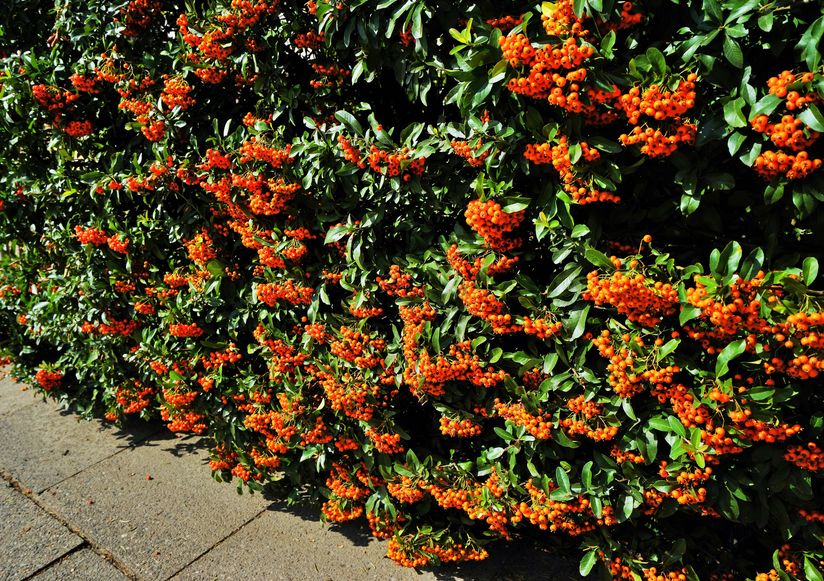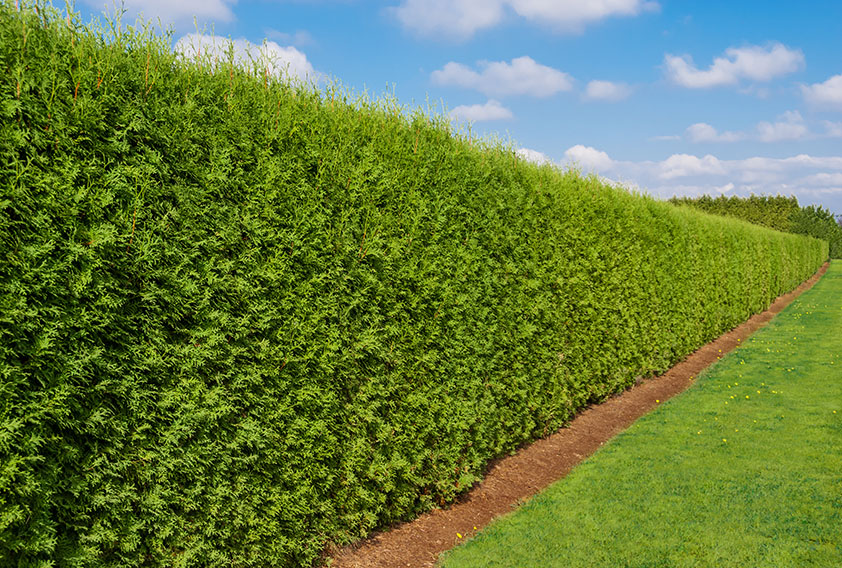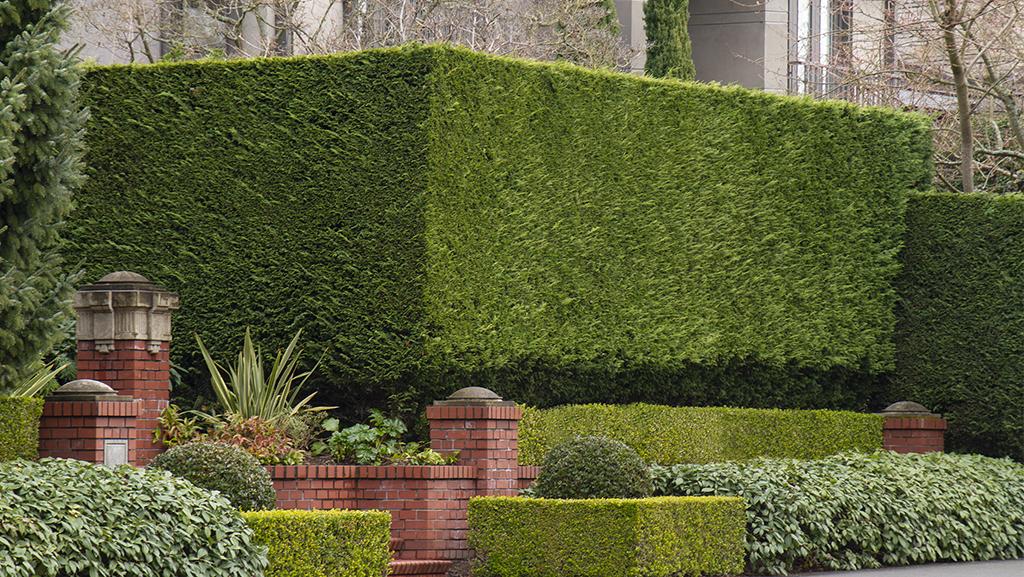Why Shade-Tolerant Hedges Are a Game-Changer
When it comes to landscaping, privacy hedges that grow in shade are a crucial element in creating a serene and secluded outdoor space. By incorporating shade-tolerant hedges into your design, you can effectively block out prying eyes, reduce noise pollution, and create a sense of calm. Moreover, these hedges can add a touch of elegance and sophistication to your outdoor space, making it the perfect spot to relax and unwind. With the ability to thrive in shaded areas, these hedges can transform even the most neglected corners of your yard into a private oasis.
How to Choose the Right Shade-Loving Hedge for Your Yard
Selecting the perfect shade-tolerant hedge for your yard can be a daunting task, especially with the numerous options available. However, by considering a few key factors, you can ensure that your chosen hedge thrives and provides the desired level of privacy and beauty. Climate is a crucial consideration, as some shade-tolerant hedges are more suited to cooler or warmer temperatures. Soil type is another important factor, as certain hedges prefer well-draining soil while others can tolerate heavier clay soils. Additionally, consider the desired level of maintenance, as some hedges require regular pruning while others are more low-maintenance. By taking these factors into account, you can choose a privacy hedge that grows in shade and meets your specific needs and preferences.
Top Performing Shade-Tolerant Hedges for Privacy
When it comes to selecting the perfect shade-tolerant hedge for privacy, there are several top-performing options to consider. Leyland Cypress, for instance, is a fast-growing hedge that can thrive in partial shade, reaching mature heights of up to 30 feet. Another popular option is Arborvitae, a dense and compact hedge that can tolerate deep shade and grows up to 10 feet tall. Other notable mentions include Holly, a prickly yet attractive hedge that grows up to 15 feet tall, and Yew, a slow-growing yet long-lived hedge that can thrive in partial shade. When choosing a privacy hedge that grows in shade, consider factors such as growth rate, mature size, and unique characteristics to ensure you select the best option for your outdoor space.
Creating a Lush and Private Hedge in Shaded Areas
Once you’ve selected the perfect shade-tolerant hedge for your yard, it’s essential to plant and care for it properly to ensure it thrives and provides the desired level of privacy. Before planting, prepare the soil by loosening it to a depth of 12-18 inches and mixing in organic matter such as compost or well-rotted manure. Water your hedge regularly, especially during its first year of growth, but avoid overwatering which can lead to root rot. Pruning is also crucial to maintain the shape and density of your hedge. Prune your hedge in the late winter or early spring, removing any dead or damaged branches and shaping it to your desired form. By following these simple steps, you can create a lush and private hedge in even the shadiest of areas, providing a peaceful retreat from the outside world. With the right care and attention, your privacy hedge that grows in shade can become a stunning focal point in your outdoor space.
Designing a Hedge for Maximum Privacy and Aesthetics
When it comes to designing a hedge for maximum privacy and aesthetics, there are several creative approaches to consider. One popular option is the layered hedge, where multiple rows of hedges are planted at varying heights to create a visually appealing and private screen. Another approach is the mixed-species hedge, where different types of shade-tolerant hedges are combined to create a unique and dynamic look. For example, pairing a dense, compact hedge like Arborvitae with a taller, more slender hedge like Leyland Cypress can create a stunning contrast of textures and colors. Additionally, incorporating ornamental elements like flowers, shrubs, or trees into your hedge design can add an extra layer of beauty and interest. By experimenting with different designs and layouts, you can create a privacy hedge that grows in shade that not only provides seclusion but also becomes a stunning focal point in your outdoor space.
Overcoming Common Challenges with Shade-Tolerant Hedges
While shade-tolerant hedges can be a valuable addition to any outdoor space, they do come with their own set of challenges. One common issue is pest management, as shade-tolerant hedges can be susceptible to pests like spider mites, mealybugs, and scale. To combat this, use organic pest control methods like neem oil or insecticidal soap, and maintain good garden hygiene practices. Another challenge is disease prevention, as shade-tolerant hedges can be prone to diseases like root rot and leaf spot. To prevent disease, ensure good air circulation around your hedge, water carefully to avoid overwatering, and remove any infected branches promptly. Nutrient deficiencies can also be a problem, particularly in shaded areas where soil quality may be poor. To address this, use a balanced fertilizer specifically formulated for shade-tolerant plants, and consider adding organic matter like compost to improve soil health. By being aware of these common challenges and taking proactive steps to address them, you can ensure your privacy hedge that grows in shade remains healthy and thriving.
Shade-Tolerant Hedges for Small Spaces and Containers
Even in small spaces, such as balconies or patios, shade-tolerant hedges can provide a sense of seclusion and beauty. When selecting a shade-tolerant hedge for a small space, consider varieties that are compact or dwarf, such as the Dwarf Burford Holly or the Compacta Holly. These hedges are specifically bred for small spaces and can thrive in containers. When using containers, make sure to choose a well-draining potting mix and a container that is at least 5-7 gallons in size. This will provide enough room for the roots to grow and ensure the hedge receives adequate water and nutrients. Additionally, consider using a self-watering container or a container with built-in irrigation to reduce maintenance. By incorporating shade-tolerant hedges into small spaces, you can create a private oasis that grows in shade, even in the most compact of areas.
Conclusion: Bringing Privacy and Beauty to Your Shaded Yard
Incorporating privacy hedges that grow in shade into your outdoor space can be a game-changer for creating a private oasis. By understanding the importance of shade-tolerant hedges, selecting the right variety, and properly caring for them, you can enjoy a beautiful and secluded outdoor area. Whether you’re looking to create a lush and private hedge in a shaded area, design a hedge for maximum privacy and aesthetics, or overcome common challenges, shade-tolerant hedges offer a versatile solution. Even in small spaces, such as balconies or patios, shade-tolerant hedges can provide a sense of seclusion and beauty. With the right knowledge and techniques, you can bring privacy and beauty to your shaded yard, creating an outdoor space that is both functional and visually appealing.


:max_bytes(150000):strip_icc()/-fast-growing-shrubs-for-privacy-hedges-specimens-4767365-2-02e360abd89440a4ae7990553886df14.jpg)



:max_bytes(150000):strip_icc()/thespruce.com-best-shrubs-for-hedges-4151139-1-1a4352e0ea274ccd8bc39402e2bace06.jpg)


